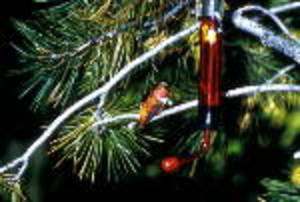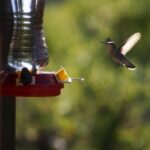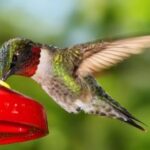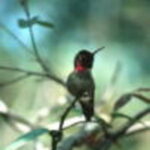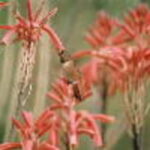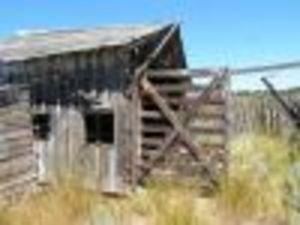The state of Pennsylvania rates in the top 10 states in population size, of course, this is human population. The hummingbird population in Pennsylvania does not rate as high in the same terms, but there is a population of hummingbirds from late April to mid October, with Ruby-throated Hummingbirds being the most common. Rufous Hummingbirds are occasionally noticed helping itself to a feeder, but they are fall and winter visitors, not spring and summer visitors like the Ruby-throated hummingbirds.
Ruby-throated hummingbirds have green-bronze backs that shimmer and pale bellies. Male Ruby-throated Hummingbirds have a bright ruby-red throat, while females have a white throat. This species of hummingbird is about 3 inches long and weighs less than a penny. These tiny birds will breed and raise their young in Pennsylvania, with the egg-laying run-taking place from May to July. The female incubates the two tiny pearl white eggs for 14 to 16 days, after which the eggs hatch and the baby birds emerge. Nine days later the baby hummingbirds eyes will open and when they are between 18-20 days old they will fledge the nest.
Rufous Hummingbirds are a little larger than the Ruby-throated Hummingbirds, usually between 3 1/2 inches long to 4 inches long. The male Rufous Hummingbird has rufous colored upper parts and flanks, while the female has green upper parts and her flanks are rufous tinged. The male also has an iridescent orange-red throat.
Hummingbird watching is not a difficult pass time, but the first step to achieve this goal is to attract the passing hummingbirds, which in turn will tend to bring them back each year when they are migrating and looking for that perfect nesting and resting area. In order to attract these tiny birds, hummingbird enthusiasts can plant a hummingbird garden, which will include plants that are hummingbird approved, carefully place hummingbird feeders that contain a sugar water mixture that hummingbirds love or use a combination of gardening and maintaining a feeder or two.
If the hummingbird enthusiast determines that a hummingbird garden is the way to attract these tiny birds to their piece of Pennsylvania, then certain plants should be included. The blooms that these plants provide are usually tubular in shape, which makes it easier for the hummingbird to gather nectar and pollen from the plant. These blooms should also be certain colors, such as red, orange and yellow. Sometimes hummingbirds are attracted to other colors such as purple or pink. With these factors in mind, plants to include in a hummingbird garden are columbine, jewelweed, hibiscus, hollyhock, coral-bells, Lithonia, fuchsias, cannas, mimosa, azalea, bee balm, petunias, gladiolus, nasturtiums, trumpet creeper and honeysuckle.
If hummingbird feeders are to be used, they should be filled with a sugar-water mixture of 1 part sugar to four parts water. This sugar-water mixture should be boiled and allowed to cool before adding to the feeder. These feeders should be put out early in April in order to attract the first hummers of the season and the sugar-water mixture should be changed at least weekly Hummingbird feeders may also attract more than just hummingbirds, they may also attract bears as well as insects. This leads to more maintenance for the hummingbird feeders, such as removing them at night, strategically placing the feeders where they will not be reachable to these animals and insects or in the case of ants, carefully adding petroleum jelly to the feeder to deter them.
With careful planning and managing, the hummingbird enthusiast can enjoy the fruits of their labor, getting that private show, from the visiting hummingbird in Pennsylvania.
